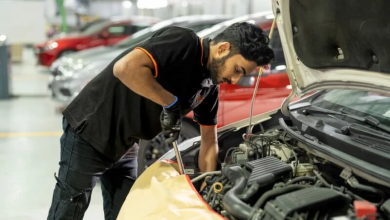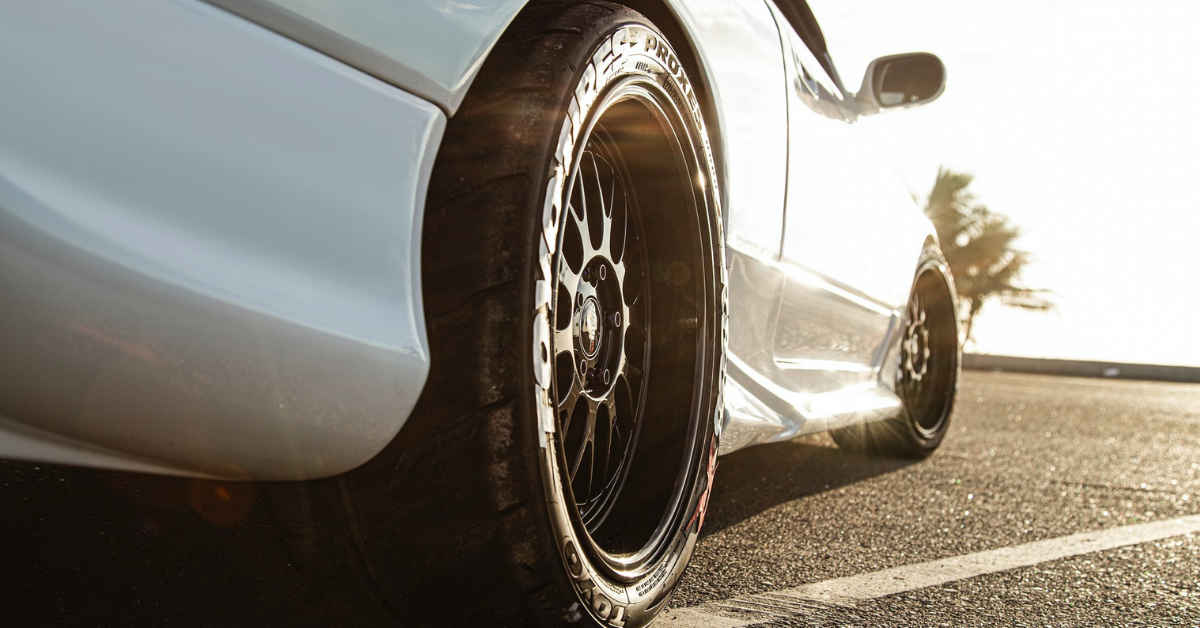EmergenciesMaintenance
How To Assemble Your Own Emergency Car Kit
In Singapore, where cars are usually scrapped after every 10 years, chances of finding someone by the roadside with a an emergency car kit are few and far between. Otherwise, cars are usually towed away to be serviced.
If you’re looking to take a road trip or simply preparing for quick fixes for your car, here is a guide on how to assemble an emergency car kit for both you and your car in the event of an emergency.
Emergency car kit for personal use:
- Tylenol/Paracetamol (pain and fever reduction)
- Ibuprofen (pain and fever reducer, anti-inflammatory)
- Antihistamine (allergies, sleep aid)
- Pseudoephedrine (nasal decongestant, helps with “ear pop” from planes)
- Loperamide (anti-diarrheal)
- Safety pins (quick fix for clothing, making an arm sling, emergency cloth)
- Sun screen (SPF 15 minimum, small bottle)
- Antiseptic towelettes (cleaning hands and wounds)
- Electrolyte packets (replacing loss due to vomiting or diarrhea)
- Matches (light source, fires)
- Tweezers (removing ticks, thorns, splinters, etc)
- Mole skin (blisters on the feet)
- Band aids (minor cuts and scrapes)
- Gauze roll (minor cuts and scrapes)
- Antibiotic ointment (minor cuts and scrapes)
- Portable flashlight (looking into mouths, dark places)
- Thermometer (checking for fever)
- Latex gloves (protect yourself first)
- 4 x 4 gauze pads (minor cuts and scrapes)
- Hand sanitizer (preventing dirty hands and infected cuts)
Emergency kit for your car:
- Hazard sign (let other drivers know to keep a safe distance away)
- Screwdrivers (at least one flathead and one phillips – you can use the flathead as a mini pry bar, so it’s useful for all sorts of things)
- Crescent wrench (better yet two: a small one and a larger one)
- A socket set (get standard, metric, or both, depending upon the make of your vehicle)
- Adjustable pliers (the two position small kind are best, and if you can bring a pair of channel locks, too, so much the better)
- Wire dykes (indispensable, don’t leave home without them)
- A sharpened pocket knife (everyone should have one in that little pocket in the left pocket of your jeans that you don’t really know what else to do with)
- Hammer and maybe an axe (or maybe we don’t have to get too crazy here)
- Baling wire and zip ties (important to know when to use one or the other. Baling wire is good for everything that doesn’t involve electricity. If you think those loops of wire you just used to reattach the fuel pump harness you ripped off on a bumpy side road might cause a short and turn your car into a ball of flames, better use the wire ties)
- Silicone sealant (there are different kinds for different things: Some are for high temperatures, others make good flexible gasket material, and still others form a hard, crusty layer between two parts that need a hard, crusty layer between them)
- Duct tape (you can’t fix everything with duct tape, but you can definitely try! Plus, a lot of duct tape repairs will hang on for a good while. If you’re trying to keep water out of something, electrical tape works better)
- A beer can and an old coat hanger or two (try to re-enact movie breaking in scenes with these)
- Tire plugs, a tire plug tool, and tire plug cement (so many people forget about this one, but it’s so crucial! If you have this, you can probably fix your tire without having to buy a new one or drive on the donut spare because you didn’t bring enough money for a new one)
Be safe on the road, and always be prepared for the unexpected (pack your own emergency car kit now)!




